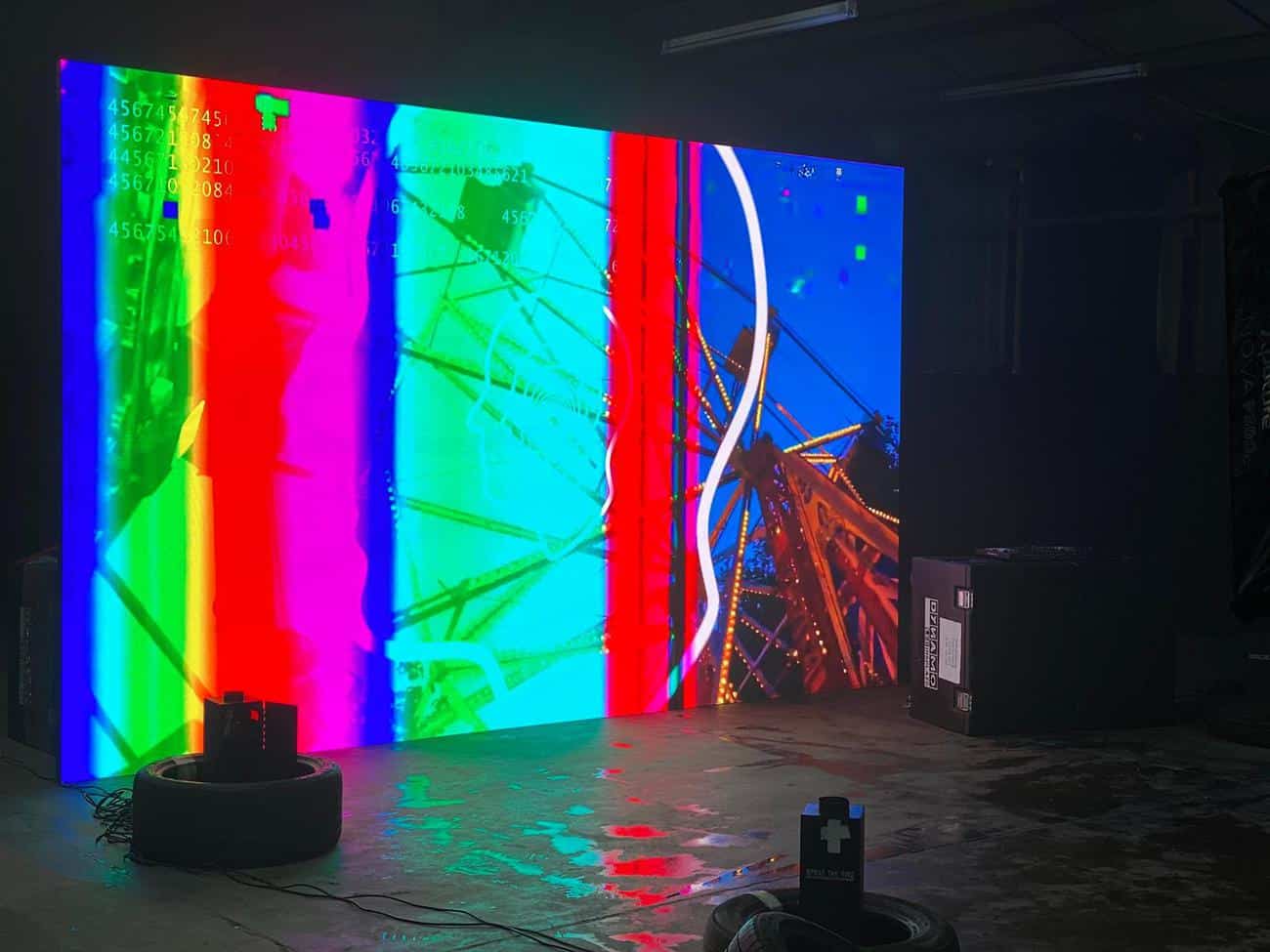
Why LED Screens are Becoming Popular
LED screens are becoming increasingly popular for various uses, from advertising to event displays. They offer several advantages over traditional LCD screens.
LED screens are more energy efficient, have a higher contrast ratio, and can be much thinner than LCD screens. They also offer the ability to create unique displays with very high brightness levels.
LED screens are not without their disadvantages, however. They can be more expensive than LCD screens.
How to choose the right LED Screens for your needs
Remember a few things to remember when choosing the right LED screens for your needs. The first is to consider the size of the screen. You’ll need to know the dimensions of the space you
have available and choose a screen that will fit comfortably inside it.
The second is to think about what you’ll use the screen for. For example, a smaller, more straightforward screen might be all you need if you want something to display basic information.
However, if you’re planning on using it for presentations or other more complex tasks, you’ll need a larger, more powerful screen.
Finally, you’ll need to decide on a budget. LED screens can range in price from a few hundred dollars to several thousand, so it’s essential to know how much you’re willing to spend before making a purchase. With these factors in mind, you should be able to find the perfect LED screen for your needs. Furthermore, look at Flexible led screen .
Why are LED Screens becoming popular?
There are a few reasons why LED screens are becoming popular. First, they’re more energy-efficient than traditional LCD screens. Second, they offer a higher level of contrast and color accuracy. Third, they’re often thinner and lighter than LCD screens, making them easier to transport and set up. And fourth, they have a longer lifespan than LCD screens, so you won’t have to replace them as often. Thanks for reading!
What are the benefits of using an LED screen?
LED screens offer several benefits over traditional LCD screens. They’re more energy-efficient, offer better contrast and color accuracy, are often thinner and lighter, and have a longer lifespan.